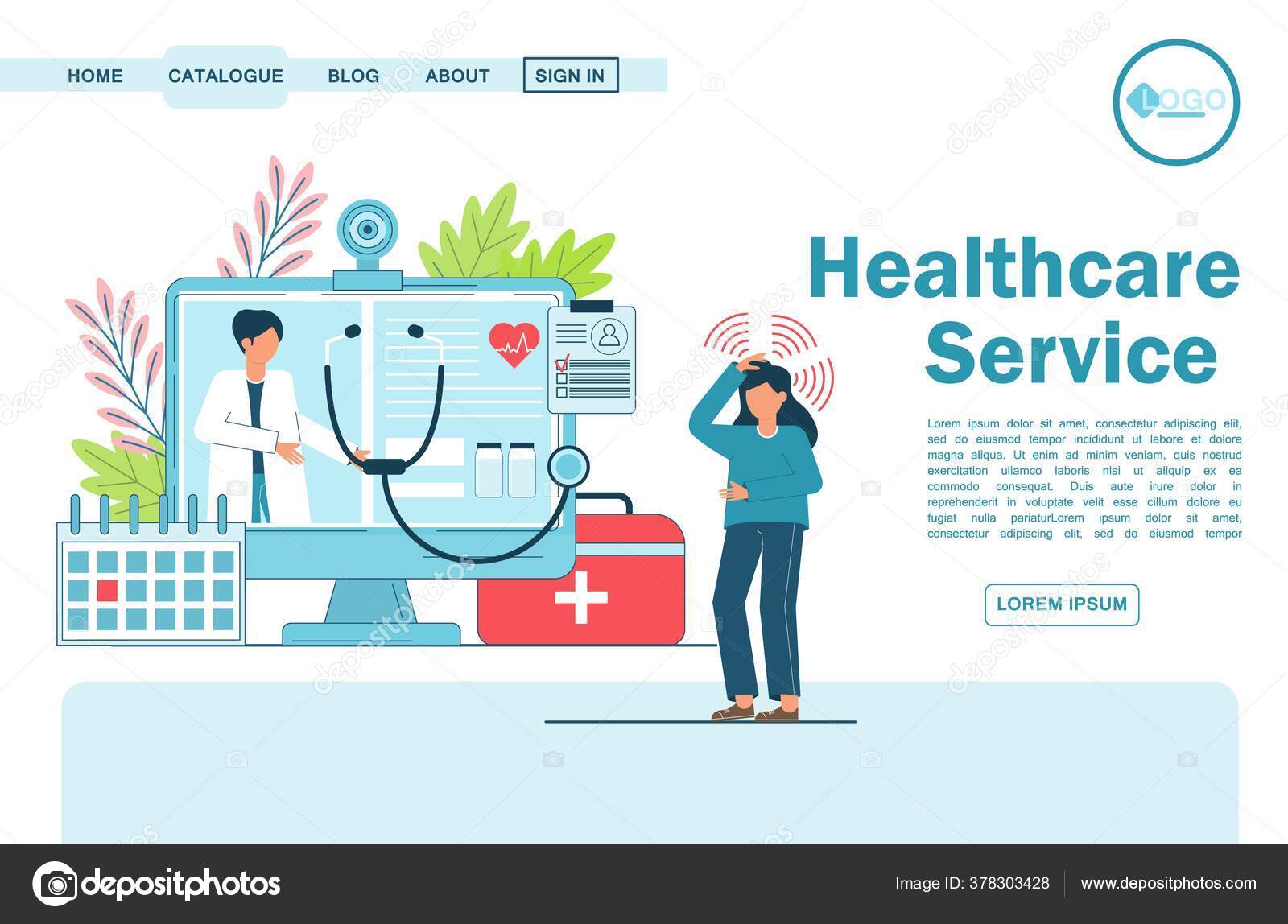Discover the Conveniences of Subscription Based Healthcare for Affordable Medical Care
Discover the Conveniences of Subscription Based Healthcare for Affordable Medical Care
Blog Article
Understanding the Cost-Effectiveness of Subscription-Based Healthcare Models
As the healthcare landscape progresses, subscription-based versions arise as a compelling alternative, assuring to redefine exactly how people handle clinical costs. Examining these models' cost-effectiveness demands a nuanced comparison with standard insurance coverage, taking into consideration both economic implications and individual contentment.
Introduction of Subscription-Based Models
Subscription-based medical care versions, often referred to as direct medical care or attendant medicine, are increasingly obtaining focus as a possible remedy to inadequacies within conventional health care systems. These versions operate the principle of offering individuals straight access to doctor with a month-to-month or annual charge, bypassing the requirement for traditional insurance systems. This plan intends to simplify patient-provider interactions by lowering management concerns, which often prevent timely and personalized care.
At the core of subscription-based versions is the emphasis on a much more customized patient experience. Patients take advantage of boosted access to their doctors, commonly consisting of same-day or next-day appointments, extended examination times, and straight interaction networks such as phone or video clip calls. This model fosters an aggressive method to medical care, where patients and carriers can collaboratively concentrate on preventative care and chronic disease monitoring.

Cost Comparison With Traditional Insurance Coverage

One of the key financial advantages of registration designs is openness in costs. Alternatively, standard insurance may be more helpful for individuals requiring specialized care or expensive therapies not covered under a subscription version, as they profit from the broader coverage network and cost-sharing mechanisms.
Nonetheless, cost-effectiveness is context-dependent. While membership models may use cost savings for those largely requiring main treatment, individuals with persistent conditions or specialized medical care demands could discover standard insurance extra detailed. Assessing certain healthcare needs and possible usage is critical in determining the most cost-effective alternative for people.
Influence on Client Contentment
Patient satisfaction within subscription-based health care models usually mirrors a considerable improvement over conventional insurance policy systems. Unlike standard systems, where patients might experience hold-ups in getting treatment, subscription-based versions make sure even more straight and prompt interactions with health care companies.
Additionally, the openness in costs connected with subscription-based health care reduces the typical disappointments connected to unanticipated charges and complex payment processes seen in conventional insurance (subscription based healthcare). Individuals value understanding the precise monetary dedication upfront, causing raised trust fund and self-confidence in their medical care monitoring
Furthermore, the emphasis on preventive treatment and health in subscription versions contributes to improved health outcomes, further improving individual contentment. By focusing on ongoing health care as opposed to anecdotal care, clients experience a more continual and holistic healthcare journey.
Moreover, the improved provider-patient connection promoted in these versions, defined by even more time invested per client and individualized interest, plays a crucial role in elevating patient satisfaction levels, as individuals feel truly looked after and recognized.
Service Provider Experiences and perspectives
From the company's point of view, subscription-based healthcare designs he has a good point supply a transformative strategy to supplying medical solutions. These models emphasize a proactive and preventative healthcare approach, permitting companies to concentrate on comprehensive patient treatment without the restrictions of standard fee-for-service arrangements (subscription based healthcare). This shift in emphasis commonly results in boosted patient end results and raised provider contentment, as health care professionals can designate even more time and resources to individual involvement and customized treatment strategies
Moreover, membership versions facilitate predictable revenue streams, which boost economic stability for doctor. This predictability enables boosted source preparation and allowance, adding to an extra efficient medical care shipment system. Companies can buy team technology, training, and facilities improvements, thus description enhancing the high quality of care used.
However, the transition to subscription-based models is not without challenges. Despite these difficulties, several service providers locate that the benefits of boosted client interaction and streamlined operations outweigh the preliminary obstacles, making subscription-based models an eye-catching alternative.
Future Potential Customers and Obstacles

A key obstacle is regulatory conformity, as registration designs have to follow advancing medical care plans and insurance requirements. This demands continuous adaptation and innovation to guarantee alignment with lawful requirements. Additionally, integrating these designs into existing health care frameworks can be complex, requiring significant investments in innovation and training.
There is also the prospective risk of creating inequities in healthcare access, as registration models might favor those who can afford them, leaving at risk populations underserved. Addressing this calls for thoughtful factor to consider of prices methods and aid systems to guarantee inclusivity.
Final Thought
Subscription-based medical care designs offer a viable choice to standard insurance coverage by supplying financial predictability and transparency, specifically profiting people with chronic problems or frequent healthcare needs. The cost-effectiveness of these designs rests upon specific medical care use patterns and circumstances. While they may enhance client complete satisfaction and enhance budgeting, obstacles continue to be in attending to specialized care demands. Future considerations consist of balancing thorough insurance coverage with price and integrating these versions within the wider healthcare system for optimum outcomes.
Subscription-based healthcare models, in some cases referred to as straight key treatment or concierge medicine, are progressively acquiring focus as a prospective service to inefficiencies within conventional medical care systems. Unlike traditional systems, where patients might experience delays in receiving you can try these out treatment, subscription-based designs guarantee more direct and prompt communications with medical care companies.
These versions stress a preventative and aggressive medical care technique, allowing carriers to concentrate on thorough individual treatment without the restraints of typical fee-for-service plans. As these designs proceed to gain traction, they offer the potential to transform client accessibility to care, simplify solution delivery, and maximize health care spending.Subscription-based medical care versions provide a sensible option to conventional insurance policy by supplying financial predictability and transparency, particularly profiting people with persistent problems or constant healthcare demands.
Report this page